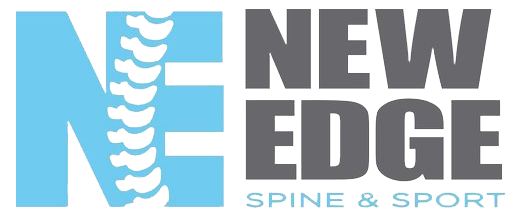Understanding Low Back Pain: What’s Really Going On With Your Spine
Low back pain is one of the most common health complaints in the world — and chances are, you’ve dealt with it at some point. Whether it came on suddenly after lifting something awkwardly or crept in slowly from long hours sitting at work, back pain can be frustrating, confusing, and even a little scary.
Let’s break it down so you can understand what’s happening, what’s normal, and what you can do about it.
What Causes Low Back Pain?
The truth is, “low back pain” isn’t one single diagnosis — it’s a broad term that can come from many different structures in your spine and surrounding tissues.
Common causes include:
Muscle strain or spasm – often from lifting, twisting, or prolonged sitting.
Joint irritation – the small facet joints in the spine can become inflamed and painful.
Disc issues – bulging or herniated discs can irritate nearby nerves and cause pain that radiates into the leg (sciatica).
Poor movement patterns – weak core muscles, tight hips, or a sedentary lifestyle can all contribute.
Degeneration and arthritis – age-related changes are normal, but when paired with stiffness and inflammation, they can cause pain.
Most of the time, back pain is mechanical, meaning it’s related to how you move — not something structurally “broken.”
When Should You Worry?
While back pain is common, there are a few “red flags” that deserve a doctor’s attention right away:
Pain after a serious fall or accident
Loss of bowel or bladder control
Numbness in the groin or inner thighs
Unexplained weight loss or fever
Severe, worsening pain that doesn’t improve with rest
If you don’t have any of those symptoms, your pain is likely manageable with the right care and movement plan — not an emergency.
Why Resting Too Much Can Make It Worse
Decades ago, the standard advice for back pain was “just rest.”
We now know that’s one of the worst things you can do.
When you stop moving, your muscles tighten, your joints stiffen, and your nervous system becomes even more sensitive to pain.
Instead, gentle, guided movement helps:
Improve blood flow and healing
Reduce inflammation
Restore strength and mobility
Calm down pain signals in the brain
That’s why modern rehab focuses on active recovery — not just lying on the couch hoping it gets better.
What You Can Do to Start Feeling Better
Here are a few simple steps to help your back (and confidence) start improving today:
Keep moving – Walking, gentle stretching, and low-impact activity help circulation and mobility.
Watch your posture – Mix up positions throughout the day. Sitting or standing too long in one spot is the enemy.
Engage your core – Strengthening the deep stabilizing muscles of your abdomen and hips can make a huge difference.
Address the root cause – Don’t just mask pain with pills or quick fixes. Find out why it started and fix that.
Get professional help – A sports-based chiropractor or rehab clinician can assess your movement, joints, and muscles to create a plan specific to you.
The Bottom Line
Low back pain doesn’t have to define you.
Most people can recover fully without surgery, injections, or long-term medication — if they get the right care early and stay consistent with movement and rehab.
At New Edge Spine & Sport, we help active adults find the real source of their pain and build the strength to stay that way — so you can get back to lifting, golfing, training, or just playing with your kids without that constant ache in your back.
🟢 Ready to take the next step?
If your back pain has been holding you back, don’t wait for it to “magically” disappear.
Let’s find out what’s really going on — and build a plan to fix it.
👉 Request more info or call 412-386-8285 to get started.
